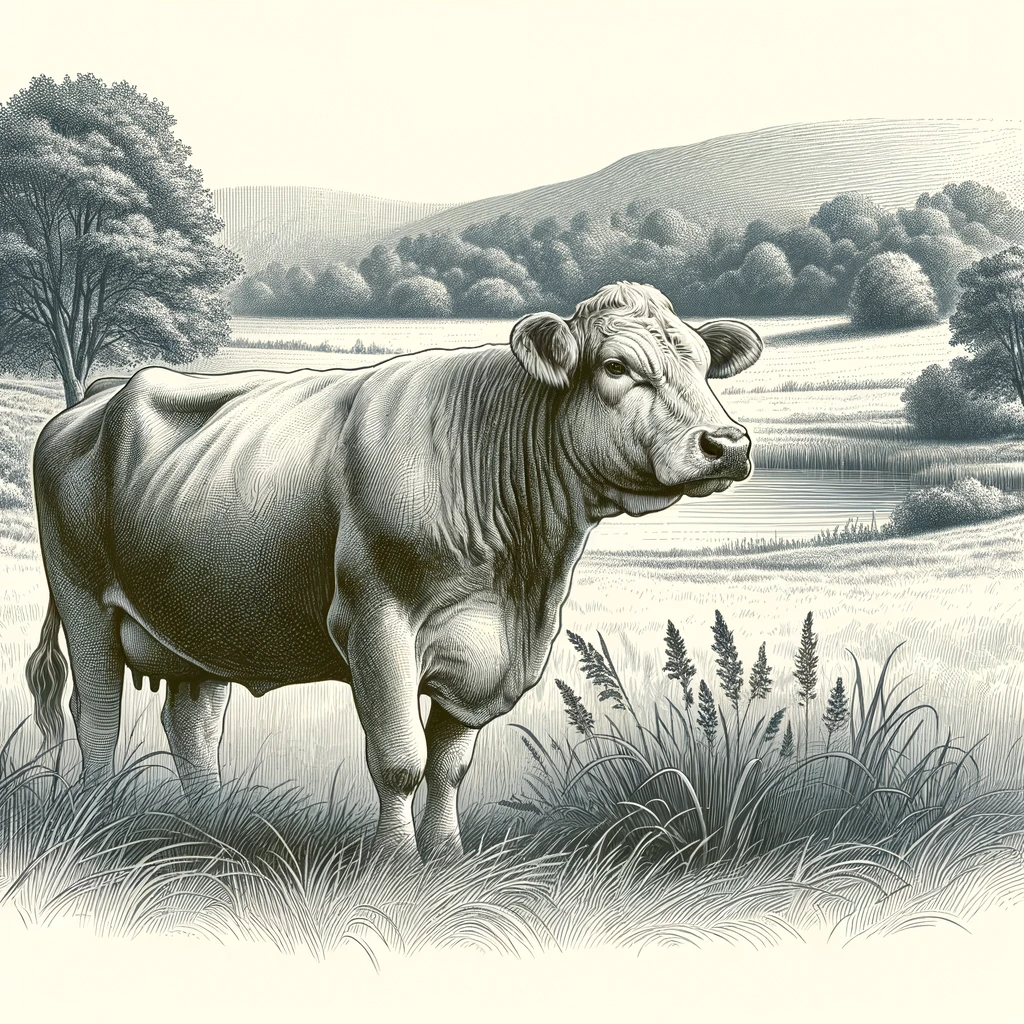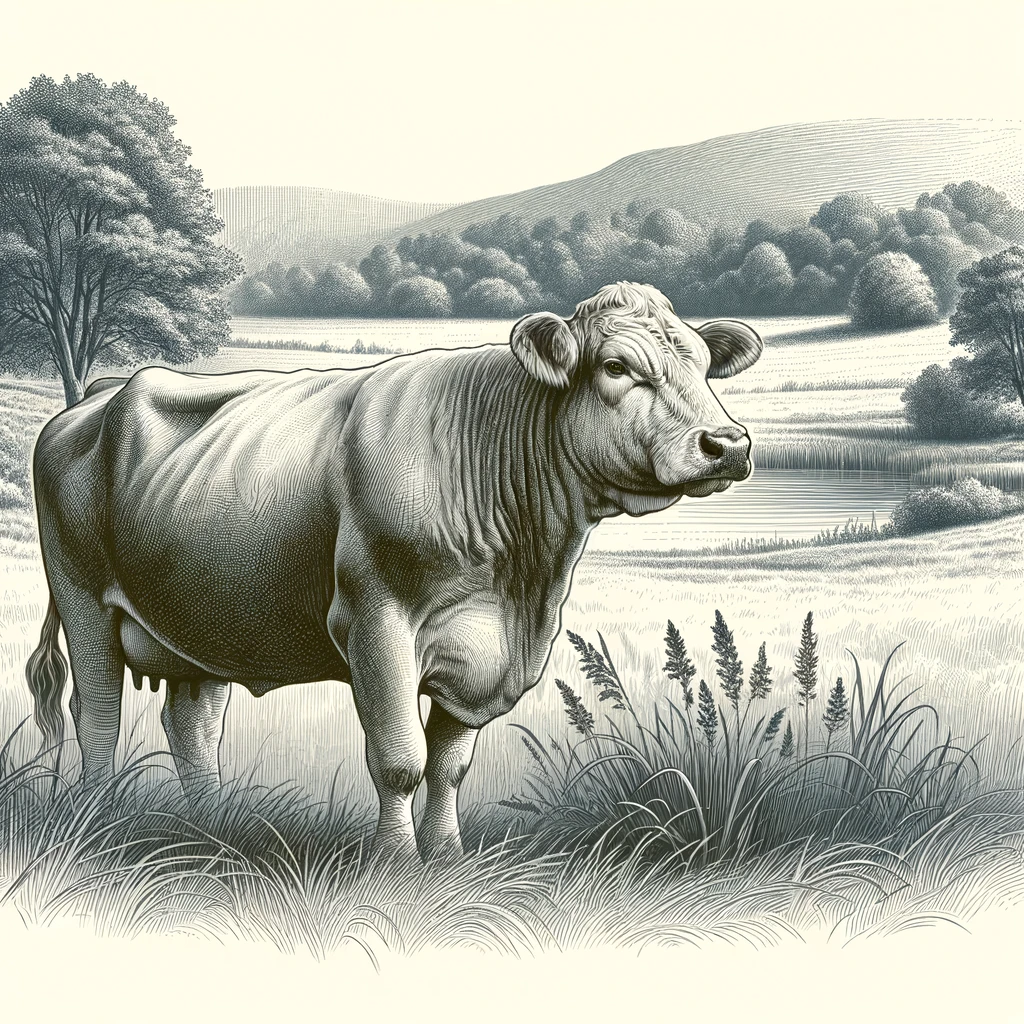An old cow, often referred to as a “cull cow” in the farming industry, is a cow that has reached the later stages of its life and is typically beyond its peak reproductive years or milk production years. These cows are usually older than 8 years, but the term can apply broadly depending on the context of their use and productivity.
In the dairy industry, cows are considered old when they can no longer produce milk at economically viable levels. For beef cattle, the term may relate more to their condition or age affecting the quality of meat they can provide. While the productive lifespan of a cow can vary significantly based on factors like breed, care, and the purpose they have been raised for (dairy, beef, breeding), an old cow generally signifies one that has surpassed its usefulness for its primary purpose.

However, these animals still hold value and can contribute to the farming ecosystem. They may be sold for beef, often processed into ground meat or other products where the tenderness of the meat is less critical. In other contexts, old cows might live out their days in the pasture, especially in more extensive, less intensive farming operations or sanctuaries dedicated to providing animals with a peaceful retirement.
Beyond their economic roles, old cows can have a certain dignified presence on a farm. They often serve as calm, stabilizing figures within the herd, drawing on years of experience and familiarity with their environment. In some cases, they continue to play a role in the social structure of the herd, demonstrating the complex social behaviors and hierarchies that cows, as social animals, exhibit.
Understanding and respecting the cycle of life for these animals is part of ethical farming practices, recognizing the contribution these animals have made over their lifetimes. Whether they are part of a dairy herd or a beef production system, old cows deserve to be treated with care and respect as they age, providing them with comfortable living conditions, appropriate nutrition, and medical care to ensure their well-being in their final years.
In summary, an old cow represents a natural progression in the lifecycle of livestock, embodying a history of contribution to the farm and agricultural outputs. As we consider the image of an old cow in a serene pasture, it’s a reminder of the cycle of life and the importance of humane and respectful treatment of animals at every stage.

